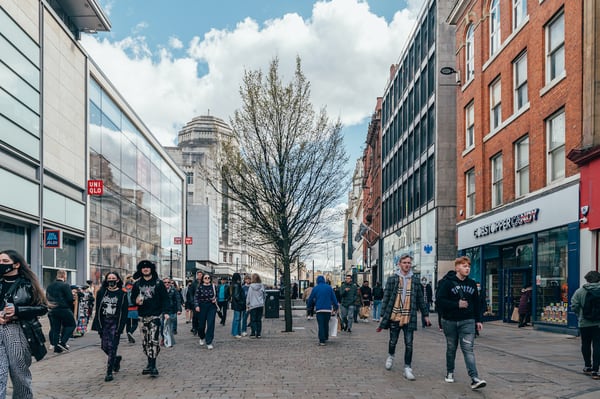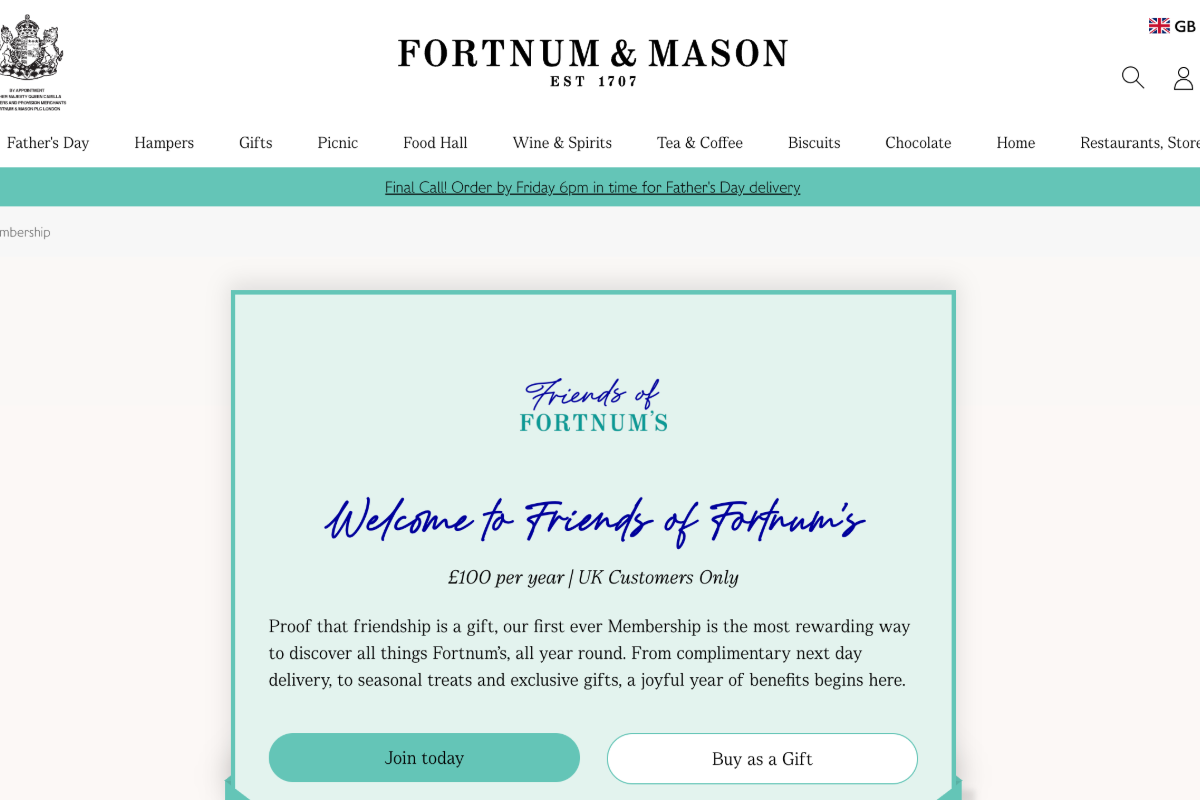The number of people visiting UK shops improved in May – but still lags behind pre-pandemic levels, according to new figures from the British Retail Consortium (BRC).
The BRC-Sensormatic IQ data report for May 2021 suggests that footfall in May across all retail location types was 27.7% down on the same month in 2019. The report compares 2021 figures with 2019, to exclude the turbulence of 2020, which was marked by repeated lockdowns.
The number of people visiting high streets was down by more than a third (-34.6%) in May compared to May 2019 – marking a recovery from the three-month average decline of 48.7%.
On retail parks, footfall was 19.9% down on 2019 – again above the three month average (-32.9%). Visits to shopping centres were 41.3% down on 2019 (3M -56.2%).
Between the four countries of the UK, footfall was least sharply down in Northern Ireland (-14.9%), followed by Scotland (-24.7%), England (-28.5%) and Wales (-30.1%).
Helen Dickinson, chief executive of the BRC, says: “May saw footfall levels improve across the UK’s high streets, retail parks and shopping centres. This was in part due to the further easing of Covid restrictions, including the reopening of indoor hospitality, which enticed consumers back to shopping locations knowing they could grab a drink or something to eat whilst enjoying a spot of retail therapy. The successful vaccination roll-out has also boosted consumer confidence and contributed to the improvement in footfall. However, restrictions on travel have denied many businesses, particularly those in our larger town and city centres, of vital overseas tourist spending.
“Nonetheless, footfall levels are still significantly down on two years ago. Many high streets have an increasing number of vacant shops, and many retailers still face significant and mounting debts, and with £2.9 billion in unpaid rents built up over the pandemic. The Government should ringfence these lockdown rent debts to provide the breathing space for footfall and cash flows to recover, and enable landlords and tenants to work on equitable and long-term solutions for the future and avert terminal decline in many communities.”
Andy Sumpter, retail consultant EMEA for Sensormatic Solutions, says: “May saw a slow but steady recovery for the High Street as shoppers continued to return to bricks-and-mortar stores. The improved shopper counts will have been helped by the reopening of indoor hospitality, which helped drive ambient footfall as consumers combined store visits with leisure and socialising.
“While still down compared to pre-pandemic levels, we’ve seen cautious but consistent improvement to footfall with each passing month as society unlocks and the vaccine roll-out continues at pace, giving retailers a cause for cautious optimism. However, the prospect of a sustained recovery is still very much hanging in the balance, with variants of concern and an uptick in infection rates threatening to undermine consumer confidence, and the final stage of unlocking far from a fait accompli.”
Commenting Jonathan Allan, CMO of contact-centre-as-a-service provider Puzzel, says: “Now that the high street has reopened, it’s not surprising many have been eager to get back to shop floors, and this is corroborated by May footfall improving by over 12% compared to April. What is important for retailers to recognise, however, is that despite the surge in footfall in the last six weeks, focus shouldn’t be limited solely to physical stores. The retail experience should be an immersive combination of both physical and online. This is what makes retail therapy so enjoyable.
“Overall, the digital disruption will have a long term impact on the way customers shop. As people adapt to a hybrid way of life, now is the time for those that have historically thrived from face-to-face service, such as retail, to follow suit.
“Whilst it might be a seen as the ultimate competitor, Amazon is a great example of this. Traditional high street retailers can learn a great deal from the ecommerce giant as they look to long term successes beyond the high-street. Amazon has effectively created a seamless customer experience regardless of whether customers connect via its website, the app, social media or its brand new stores. The priority has been to carry the experience across multiple channels, setting the standard in retail.”









